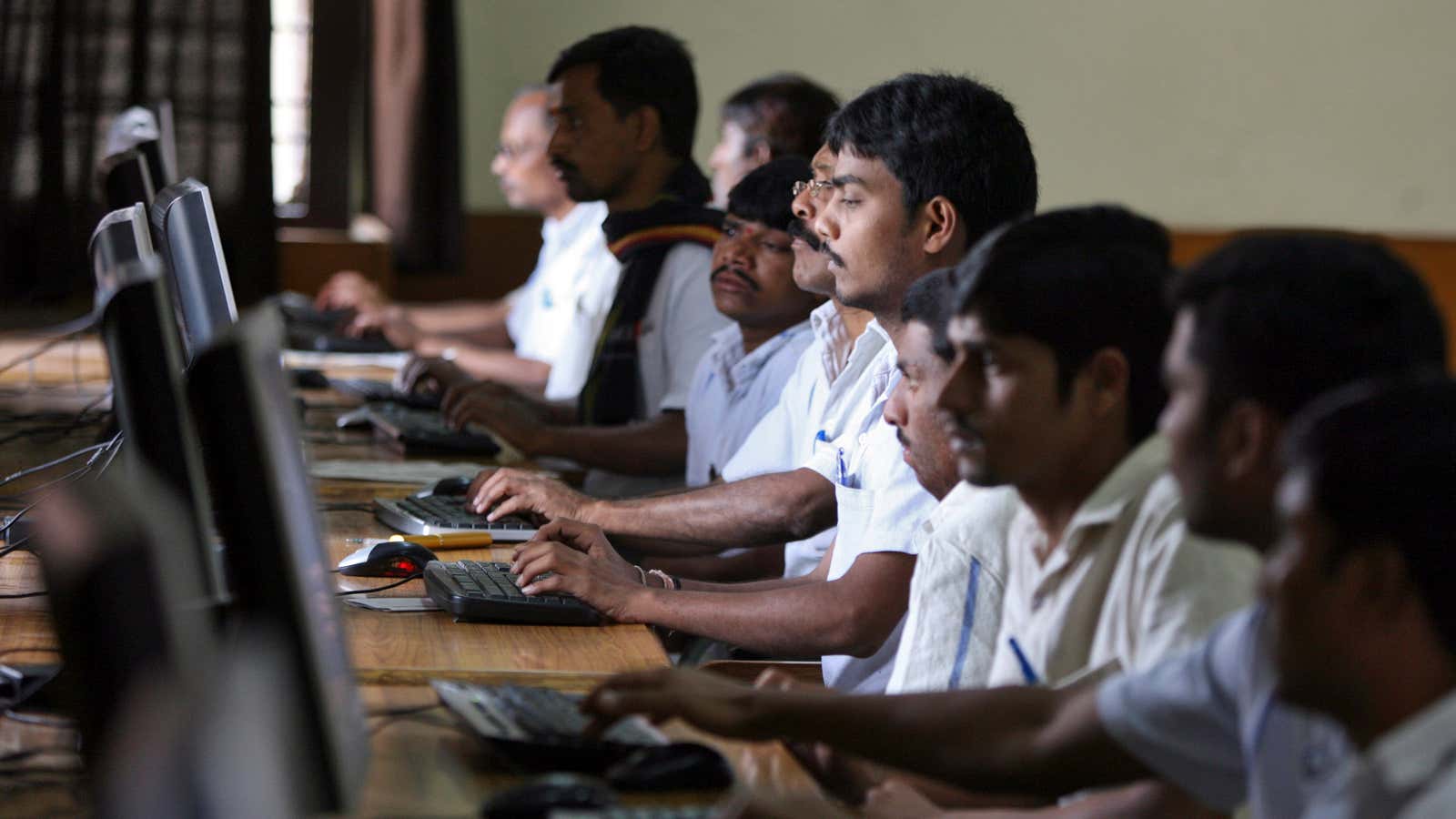Educational apps are finding several takers across age groups in India.
Nearly 90% of Indian respondents in a recent survey said they were willing to pay for educational apps. The survey was conducted by ed-tech focused investor Gray Matters Capital and included over 2,000 respondents and insights from 42 education entrepreneurs.
While they are willing to pay, respondents had other considerations, relevance being the top one.
Spending on e-learning
Half of those surveyed were willing to spend over Rs250 ($3.50) per month on e-learning.
Respondents in the age group of 18-25, who are preparing for competitive exams, largely adopt a hybrid model that includes apps and classrooms. However, 85% of such students were open to paying between Rs100 and Rs250 per month on educational apps.
In comparison, parents of school-going kids were willing to spend more on apps.
Too heavy to handle
The one thing that turned off users in an educational app was its size.
The survey showed users were wary of downloading apps greater than 25MB in size. (For comparison, one of India’s most widely-used apps, WhatsApp, is 24MB in size.)
Indian ed-tech firms don’t seem to have a foolproof strategy to overcome this challenge.
Out of the 4,500 ed-tech firms tracked in the survey, only 25% have some kind of mobile apps. Of these, only about 50 have downloads greater than a million, highlighting the challenge posed in acquiring users.
Test prep app Byju’s and English learning app Duolingo were the only two with some kind of brand recall.
The challenges
The survey also asked ed-tech entrepreneurs what they thought were their biggest challenges. Almost 40% of them named improving user engagement. “Interestingly, customer acquisition is not seen as a big challenge for ed-tech players without a mobile app-based solution,” the report said.
